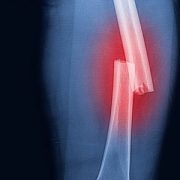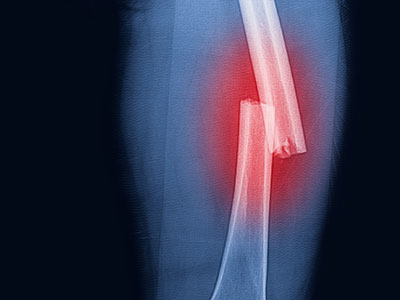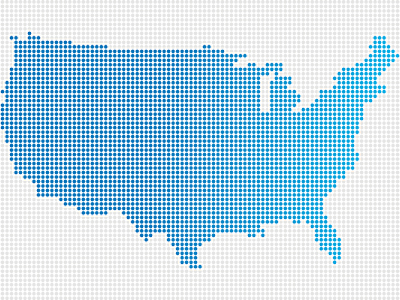Disparities in who accesses emergency mental health services

A Children’s research team found the number of children and adolescents visiting the nation’s emergency departments due to mental health concerns continued to rise at an alarming rate from 2012 through 2016, with mental health diagnoses for non-Latino blacks outpacing such diagnoses among youth of other racial/ethnic groups.
The demand for mental health services continues to be high in the U.S., even among children. The Centers for Disease Control and Prevention (CDC) reports that one in seven U.S. children aged 2 to 8 had a diagnosed mental, behavioral or developmental disorder. In addition, 3 percent of U.S. children aged 3 to 17 had a diagnosis of anxiety, and 2.1 were diagnosed with depression, according to the CDC.
Knowing which children use mental health services can help health care providers improve access and provide more targeted interventions.
Children’s researchers recently investigated this question in the emergency room setting, reporting results from their retrospective cross-sectional study at the American Academy of Pediatrics (AAP) 2018 National Conference & Exhibition. The research team found the number of children and adolescents visiting the nation’s emergency departments due to mental health concerns continued to rise at an alarming rate from 2012 through 2016, with mental health diagnoses for non-Latino blacks outpacing such diagnoses among youth of other racial/ethnic groups.
“Access to mental health services among children can be difficult, and data suggest that it can be even more challenging for minority children compared with non-minority youths,” says Monika K. Goyal, M.D., MSCE, assistant division chief and director of research in the Division of Emergency Medicine at Children’s National Health System and the study’s senior author. “Our findings underscore the importance of improving access to outpatient mental health resources as well as expanding capacity within the nation’s emergency departments to respond to this unmet need.”
An estimated 17.1 million U.S. children are affected by a psychiatric disorder, making mental health disorders among the most common pediatric illnesses. Roughly 2 to 5 percent of all emergency department visits by children are related to mental health concerns. The research team hypothesized that within that group, there might be higher numbers of minority children visiting emergency departments seeking mental health services.
To investigate this hypothesis, they examined Pediatric Health Information System data, which aggregates deidentified information from patient encounters at more than 45 children’s hospitals around the nation. Their analyses showed that in 2012, 50.4 emergency department visits per 100,000 children were for mental health-related concerns. By 2016, that figure had grown to 78.5 emergency department visits per 100,000 children.
During that same five-year time span, there were 242,036 visits by children and adolescents 21 and younger with mental health-related issues*. Within that group:
- The mean age was 13.3
- Nearly 55 percent were covered by public insurance
- 78.4 per 100,000 non-Latino black children received mental health-related diagnoses and
- 51.5 per 100,000 non-Latino white children received mental health-related diagnoses.
“When stratified by race and ethnicity, mental health-related visits to the nation’s emergency departments rose for non-Latino black children and adolescents at almost double the rate seen for non-Latino white children and adolescents,” Dr. Goyal adds. “These children come to our emergency departments in crisis, and across the nation children’s hospitals need to expand mental health resources to better serve these vulnerable patients.”
Because the study did not include reviews of individual charts or interviews with patients or providers, the reason for the disparate demand for mental health resources remains unclear.
*The number of patient visits during the five-year study period was revised on Nov. 1 2018, after updated analyses.
American Academy of Pediatrics National Conference & Exhibition presentation
- “Racial disparities in pediatric mental health-related emergency department visits: a five-year, multi-institutional study.”
Anna Abrams, M.D.; Gia Badolato, MPH; Robert McCarter Jr., ScD; and Monika K. Goyal, M.D., MSCE





















